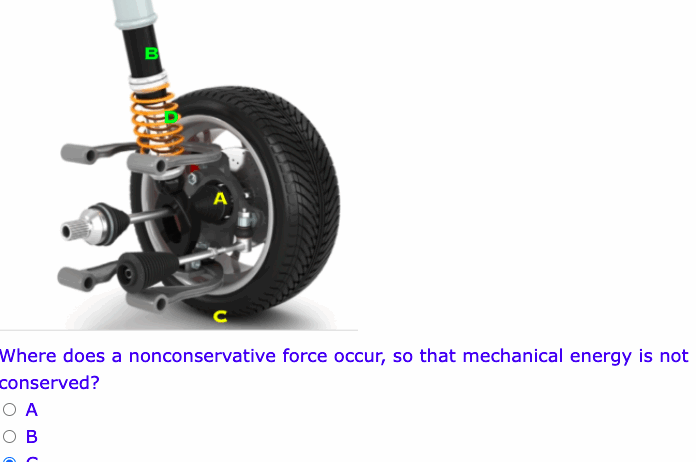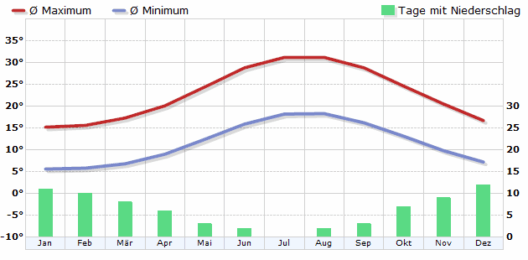Mechanical energy, in the classical sense, refers to the sum of kinetic and potential energy in a system. It is a fundamental concept in physics, encapsulating the interactions of objects under the influence of forces. The law of conservation of mechanical energy states that, in an ideal system devoid of non-conservative forces, the total mechanical energy remains constant. However, in reality, this ideal scenario is often altered by the onset of non-conservative forces. Understanding why mechanical energy is not always conserved involves delving into the nature of these forces and their broader implications in various contexts.
The Concept of Mechanical Energy
Mechanical energy can be classified into two primary forms: kinetic energy (the energy of motion) and potential energy (the stored energy due to position). When an object is in motion, it possesses kinetic energy, quantified as ( frac{1}{2}mv^2 ), where ( m ) represents mass and ( v ) is velocity. On the other hand, potential energy can take various forms, such as gravitational potential energy, which is given by ( mgh ) (mass times gravitational acceleration times height). In closed systems, the interplay between these forms of energy is seamless, often leading to the assumption that total mechanical energy is preserved.
Understanding Non-Conservative Forces
Non-conservative forces are forces that perform work on an object in a manner that depends on the path taken, rather than solely on the initial and final states. Examples of non-conservative forces include friction, air resistance, and tension in elastic materials. Unlike conservative forces, which store energy in a recoverable form (as in gravitational or spring potential energy), non-conservative forces dissipate mechanical energy into other forms, primarily thermal energy, often leading to energy losses that violate the conservation principle.
The presence of non-conservative forces is ubiquitous in everyday life. When you push a sled across snow, the work done against friction transforms kinetic energy into thermal energy, warming the surfaces in contact. This transformation illustrates the core principle of non-conservative forces—energy being lost to the environment rather than remaining within the mechanical energy budget of the system.
The Role of Friction
Friction is perhaps the most recognizable non-conservative force. It occurs between surfaces in contact and acts to oppose relative motion. In mechanical systems, friction manifests in various scenarios, from it slowing a sliding object to it generating heat in machinery. When a block slides down a rough incline, while gravitational potential energy is converted into kinetic energy, some of this energy is invariably converted into heat due to friction, resulting in a decrease in total mechanical energy. This exemplifies why energy is perceived as ‘lost’ in practical applications; the energy is not lost in a strict sense but transformed from one form to another beyond the mechanical realm.
The Impact of Air Resistance
Air resistance, or drag, acts on objects moving through air, and plays a significant role in the conservation of mechanical energy. As an object accelerates, it displaces air molecules, which exert a force opposite to the motion of the object. This force not only hampers motion but also converts kinetic energy into thermal energy through frictional interactions with air particles. A skydiver, for instance, experiences increasing drag as speed builds up, resulting in a terminal velocity where the forces of gravity and air resistance equilibrate. At this point, the mechanical energy of the system is not conserved; instead, energy is dissipated, emphasizing how even the atmosphere can introduce significant non-conservative influences on energy conservation.
Elastic Forces as Non-Conservative Forces
Elastic forces present an intriguing exception within the discussion of non-conservative forces. When a rubber band is stretched and then released, it returns to its original shape, converting potential energy back into kinetic energy in a seemingly efficient process. However, if stretched beyond its yield point, internal friction leads to the loss of energy through heat, indicating a transition from conservative to non-conservative behavior. Thus, while elastic forces can conserve energy under certain conditions, they can also succumb to non-conservative characteristics, reminding us that energy conservation is deeply contextual and reliant on material properties and forces involved.
Real-World Applications and Implications
The implications of non-conservative forces extend beyond theoretical physics into practical applications. Engineers must account for energy losses due to friction in machinery design or assess drag in aerodynamic vehicle designs. Innovations in materials and technologies aim to minimize these losses—reducing friction through lubrication or designing streamlined shapes to mitigate air resistance. Furthermore, the conservation of energy, while central to physics, becomes nuanced upon recognizing situations where non-conservative forces play significant roles. For instance, renewable energy systems strive not just to harness energy but also to maximize efficiency by minimizing energy loss through non-conservative interactions.
Conclusion
In conclusion, the phenomenon of non-conservative forces presents a compelling narrative within the landscape of energy conservation. Their ability to dissipate mechanical energy into forms that are often unaccounted for illuminates the complexities involved in energy balance in real-world systems. Understanding these forces not only broadens the comprehension of mechanical energy but also prompts a reevaluation of how energy is utilized and conserved in practical applications. As society continues to pursue sustainable practices, the study of energy dynamics remains crucial, reminding us that while energy cannot be created or destroyed, its conversion and dissipation are profoundly influenced by the forces at play in our environments.







